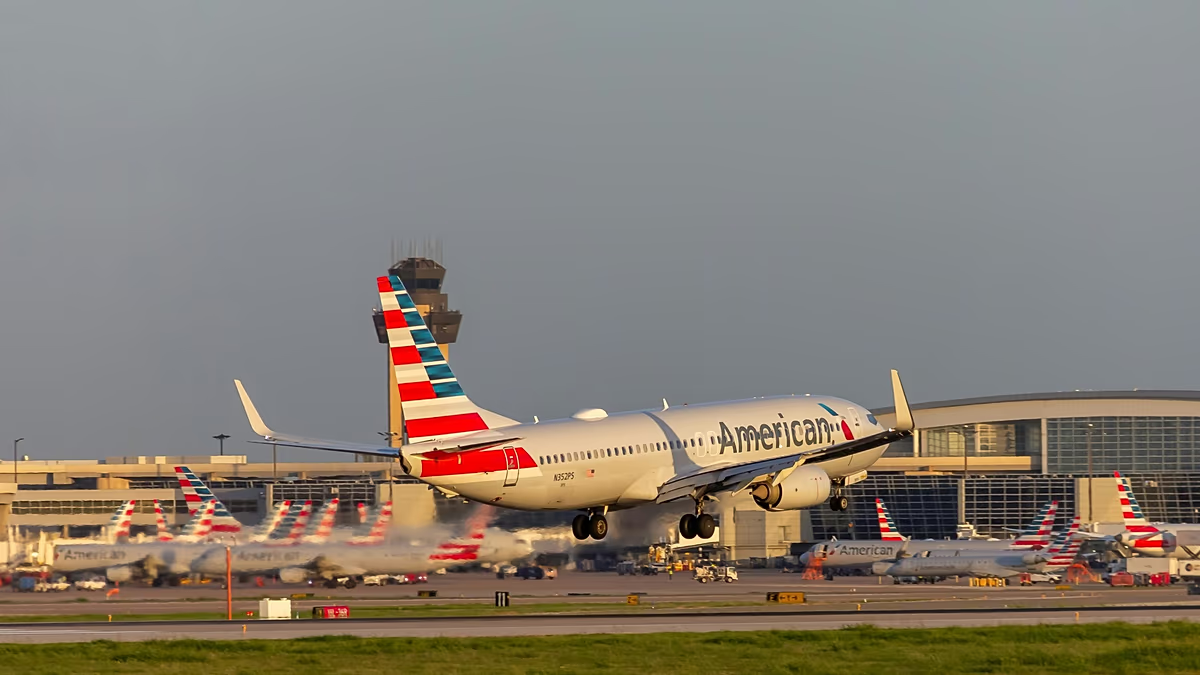US Airspace Crisis Looms as Government Shutdown Continues
America’s air travel system teeters on the edge of unprecedented disruption as the government shutdown stretches into its 36th day—now the longest in US history. What began as a political standoff in Washington has cascaded into a crisis threatening the nation’s aviation infrastructure, with Transport Secretary Sean Duffy delivering a stark warning: parts of US airspace could soon close due to mounting safety concerns.
The situation has grown increasingly dire as thousands of air traffic controllers and airport security personnel continue working without pay. Many are now calling in sick to seek temporary employment elsewhere just to cover basic expenses. “I think you’re also seeing people who are just calling in sick because they’re fed up,” one controller confided to NPR, highlighting the human toll behind the statistics. With the Trump administration reporting shortages of up to 3,000 air traffic controllers, and Federal Aviation Administration (FAA) employees having already missed one paycheck, the system’s breaking points are becoming dangerously apparent. As Duffy bluntly stated, “If you bring us to a week from today, Democrats, you will see mass chaos, you will see mass flight delays. You’ll see mass cancellations, and you may see us close certain parts of the airspace, because we just cannot manage it.”
The impact is already being felt at major hubs across the country. While airlines typically maintain at least 80% of flights departing and arriving within 15 minutes of schedule, performance has begun to deteriorate significantly at certain airports. Newark saw only 56% of departures leaving on time on a recent Sunday, while Orlando managed just 70%. Industry estimates suggest over 3.2 million passengers have been affected since the shutdown began on October 1st, with nearly 3,000 flights delayed in a single day as staffing shortages hit Phoenix, Houston, Detroit, and Denver airports. These numbers represent more than mere inconvenience—they reflect families missing connections, business travelers unable to reach important meetings, and countless personal plans disrupted. The human dimension of these delays means missed family reunions, abbreviated vacations, and professional opportunities lost.
The prospect of partial airspace closures carries profound implications for the intricate web of domestic and international air travel. Air traffic centers don’t simply manage flights in their immediate vicinity; they coordinate complex movements across multiple regions. As the National Air Traffic Controllers Association warns, “Every single day that this goes on tomorrow is now less safe than today.” When a major center restricts operations, those limitations ripple throughout the entire system, triggering cascading delays and cancellations that extend far beyond the original problem area. For international travelers, this means potential complications for onward connections to Europe and beyond, turning what might have been a single delay into a multi-day travel nightmare. For the aviation industry, each canceled flight represents not just lost revenue but diminished consumer confidence in the reliability of air travel itself.
What makes this situation particularly alarming is its unprecedented nature. Not since the aftermath of September 11, 2001, has the United States considered closing its airspace. Yet what differentiates the current crisis is that it stems not from an external threat but from a political impasse. The longer essential personnel work without compensation, the more likely it becomes that even the most dedicated professionals will be forced to make difficult choices between their commitment to public safety and their own financial survival. Airlines have begun warning that continued uncertainty could impact future bookings as travelers lose confidence in the system’s reliability. This economic dimension adds another layer of urgency to resolving the shutdown, as the aviation sector represents a significant portion of the US economy.
As this political standoff continues with no clear resolution in sight, the human stories behind the statistics grow increasingly poignant. Air traffic controllers describing the strain of maintaining focus on safety-critical tasks while worrying about making mortgage payments. TSA agents showing up for work despite not knowing when they’ll receive their next paycheck. Travelers spending hours in crowded terminals, uncertain whether their flights will ever depart. At the time of writing, FlightAware reported over 480 delays and 57 cancellations affecting US flights—numbers that may seem modest now but could explode if Secretary Duffy’s warnings materialize. The situation serves as a sobering reminder of how quickly political disagreements can transform into real-world consequences affecting millions of ordinary citizens simply trying to reach their destinations. What began as a budget dispute has evolved into a test of America’s essential infrastructure and the resilience of those tasked with maintaining it against increasingly difficult odds.


